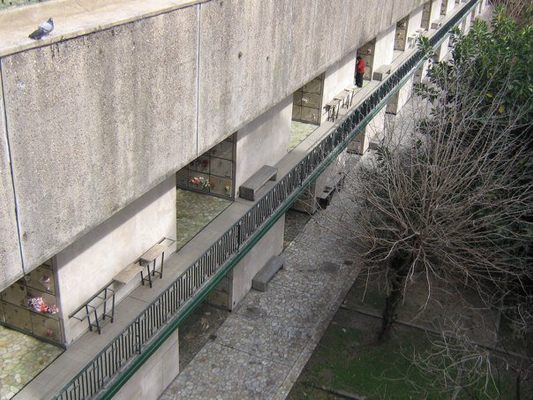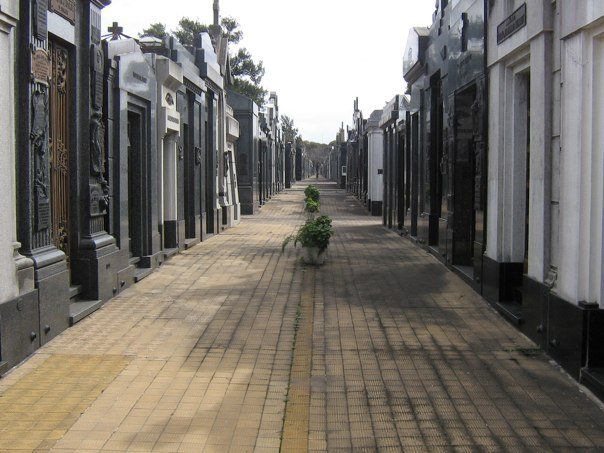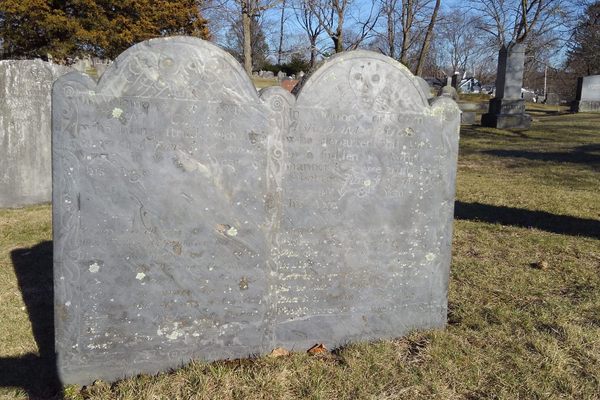About
The tango, with its dramatic movements and pauses, was born in the street corners and apartment blocks of Buenos Aires, and became wildly popular throughout the world in its golden age in the 1930s. One of the people responsible for its fame on the global stage was the tango singer Carlos Gardel, a national icon in Argentina.
Among the first to put words to tango music, he composed his own romantic music and sang it on world tours, and even starred in a few movies. After his tragic death at the age of 45, he was interred at the Chacarita Cemetery, a vast necropolis in the suburbs of Buenos Aires, built in the 19th century after a yellow fever epidemic led to overcrowding of the existing cemeteries.
Gardel’s mausoleum, an elaborate monument, is one of the most visited tombs in the complex. Fans sometimes leave a lit cigarette in the statue’s hand and the spot is especially popular on his birth anniversary. Chacarita Cemetery contains whole avenues of quirky and impressive mausolea and monuments, and its tango connection doesn’t end with Gardel.
A statue of tango composer Osvaldo Pugliese tapping at the piano stands near Gardel's grave, and legendary bandoneon player Anibal Troilo is shown with his beloved instrument. Carlos di Sarli, the orchestra leader, too, is buried at Chacarita, as is the poet Alfonsina Storni, whose mausoleum is striking in its style.
Related Tags
Know Before You Go
Catch the subte (underground) Linea B and get off at Federico Lacroze. Set aside an hour or two to wander.
Community Contributors
Added By
Published
July 28, 2017
Sources
- https://en.wikipedia.org/wiki/La_Chacarita_cemetery
- http://www.wikiwand.com/en/La_Chacarita_cemetery
- https://www.gringoinbuenosaires.com/neighborhood-guides/chacarita/
- https://turismo.buenosaires.gob.ar/en/atractivo/chacarita-cemetery
- http://www.thetravelchica.com/2011/05/chacarita-vs-recoleta-the-winner-is/
























































